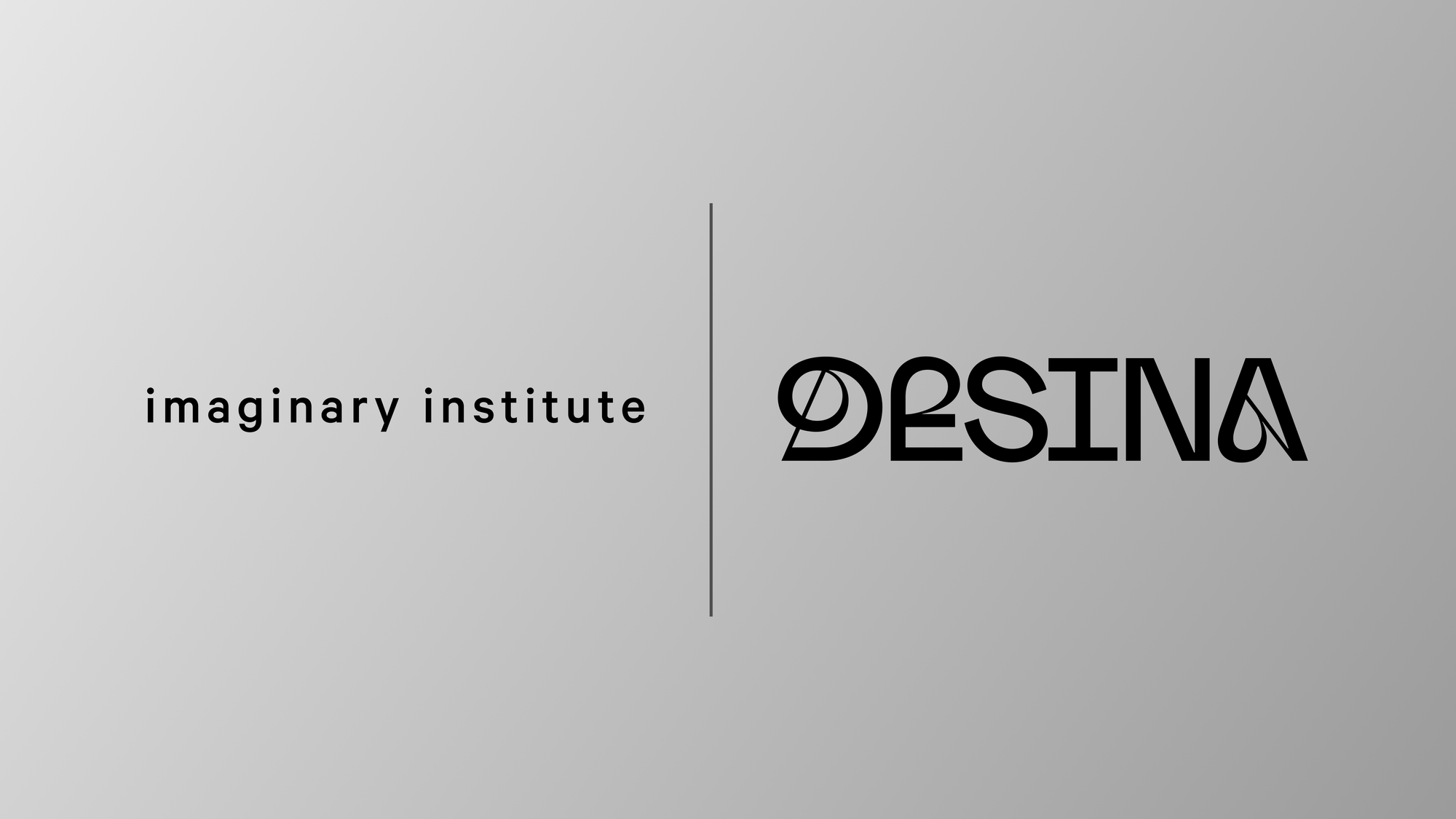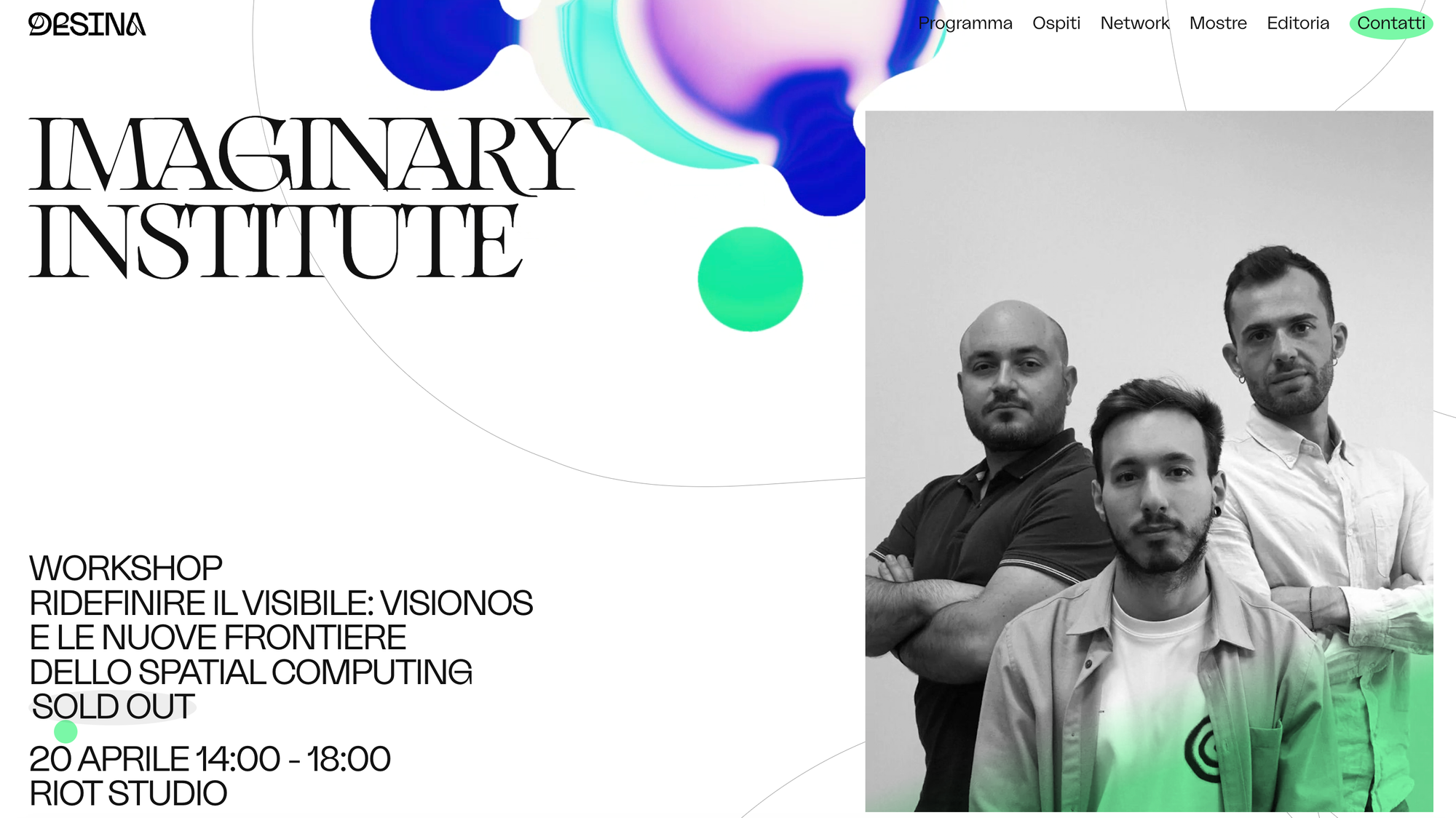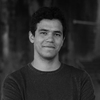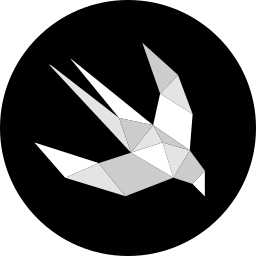
imaginary institute at Desina02
This article will get you started with material created for the imaginary institute workshop on “Ridefinire il visibile: visionOS e le nuove frontiere dello spatial computing” at Desina02.
The Desina02 Festival is being held this month, from the 18th to the 21st, in Naples, Italy.
On Saturday, 20th of April, Emanuele Agosta, Francesco Perchiazzi and Giovanni Monaco will present a workshop about advanced design techniques for creating experiences for visionOS, called “Ridefinire il visibile: visionOS e le nuove frontiere dello spatial computing” (”Redefining the visible: visionOS and the new spatial computing frontiers”).

This unique experience is crafted for designers, architects and creatives ready to push the boundaries of the visible, immersing themselves in a world where mixed reality and immersive experiences become the new standard of design.
The session will cover the following:
- Transitioning from two-dimensional UI/UX design to the immersive world of visionOS.
- Interactive demonstration to better understand the Apple Vision Pro.
- Usage of the Speculative Spatial Design Canvas to create experiences for visionOS.
Currently, the session is sold out, so if you were not able to attend it here are some of the articles covering part of the workshop topics:
- Designing for spatial computing: from iOS and iPadOS to visionOS
- Understanding spatial awareness: dimension
- Understanding spatial awareness: immersive experiences
- Embracing Spatial Computing: the Speculative Spatial Design Canvas
Resources
There are several resources mentioned in the workshop:
- Speculative Spatial Design Canvas
- Human Interface Guidelines: Designing for visionOS
- Diorama Sample Code - Apple Developer Documentation
If you are interested in the topic, some of the articles on Create with Swift can be a reference to get you started if you want to explore it on your own. To help you delve deeper into the topic of spatial computing, we have created a dedicated page that functions as a comprehensive guide:





